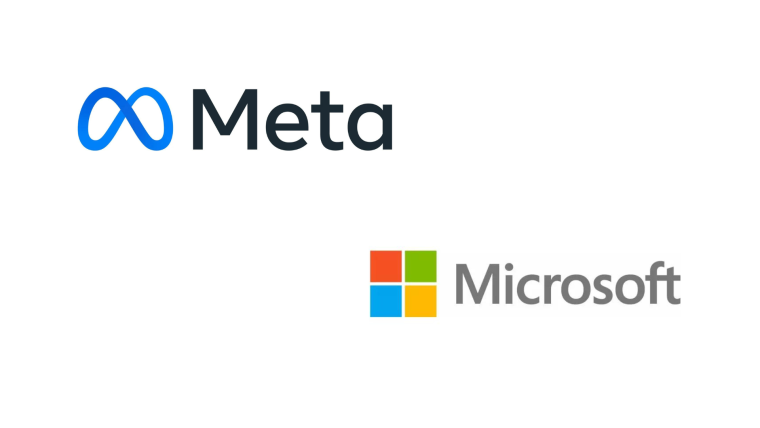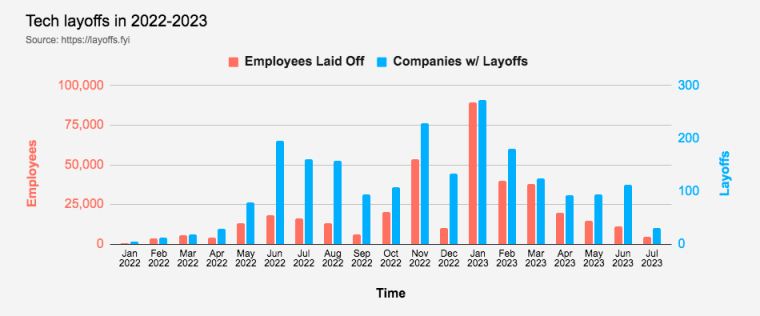
Meta Platforms and Microsoft have partnered to bring Meta’s new generative artificial intelligence model, Llama 2, to Azure cloud infrastructure, giving developers and businesses access to a powerful language model capable of generating text, image, and audio outputs.
The announcement comes after months of deepening collaboration between the two tech giants on artificial intelligence. Microsoft and Meta have worked together to integrate PyTorch, Meta’s AI framework, with Microsoft’s ONNX Runtime to optimize performance on Azure. This new partnership will expand the capabilities of both companies’ AI platforms.
Llama is the Flagship Large Language Model (LLM) Created by Meta Platforms
Llama 2 is the next-generation version of Meta’s open-source large language model, first made available last year. The latest version includes models with 7 billion, 13 billion, and 70 billion parameters – vastly larger than previous iterations. Microsoft will be Meta’s preferred partner for the commercial distribution of Llama 2, making it easily deployable for Azure customers.
Responsible use of Llama 2’s capabilities is a focus for both companies. Microsoft’s “layered approach” to responsible AI involves testing, instrumentation, and safety techniques to mitigate risks.
Azure AI Content Safety provides additional protections for AI applications. Meta worked with Microsoft (MSFT) to incorporate its safety techniques into Azure AI, so Llama 2 deployments on Azure come with a “layered safety approach” by default.
Llama 2’s availability in Azure’s model catalog streamlines the management of the large model’s infrastructure dependencies for Azure customers. The catalog provides tools for fine-tuning and evaluating the model to optimize the speed of customization.
Meta Platforms (META) launched its first version of Llama last year to much fanfare, with over 100,000 researchers requesting access. Opening Llama 2 widely is meant to enable a community of developers and researchers to identify weaknesses and improve the model.
The partnership should benefit both companies by expanding their AI capabilities. Gaining access to Llama 2’s enhanced generative abilities will strengthen Azure’s competitive position. And Microsoft’s expertise in AI infrastructure and safety techniques should help Meta expand Llama 2’s commercial uses while managing associated risks.
Both companies emphasized that responsibility and safety remain top priorities as the capabilities of large language models continue to advance rapidly. Meta and Microsoft are providing guidelines, testing, and monitoring processes to help ensure Llama 2 is used for beneficial purposes. The full potential and risks of this new partnership and AI technology remain to be seen.
Meta Embraces AI and Dials Down Metaverse Ambitions – At Least for Now
The founder of Meta, Mark Zuckerberg, has commented multiple times that developing and adopting artificial intelligence as a trend remains a top strategic priority for the business. One of the ways through which Meta has implemented AI within its organization is through the creation of virtual assistants for software engineers that help them increase their productivity.
This helps Meta achieve its goal of making 2023 a “Year of Efficiency” through the use of AI. The company has laid off thousands of employees as part of that effort and could have partially replaced them with sophisticated tools powered by models like Llama that can draft and review code, create marketing campaigns, optimize workflows, draft e-mails, create meeting summaries, and complete many other tasks.
This focus on AI may be considered a pivot from Meta’s initial metaverse ambitions, which led the firm to change its name from Facebook to the current. However, the founder of the Menlo Park-based tech giant has emphasized that the metaverse continues to be the long-term vision of the company but that the technology needed to get to the point where that trend can go mainstream is still being developed.
Just a month ago, Apple (AAPL) released a virtual and augmented reality device called the Vision Pro AR that directly competes with Meta’s Quest product line. The move was seen as a clear message that the iPhone maker is serious about becoming an important player in the metaverse and Meta may have felt the chills considering Apple’s extensive track record of successful launches of disruptive category-leading products.
